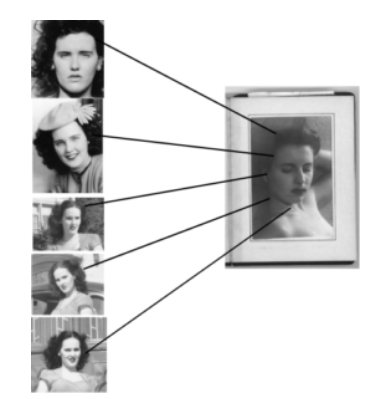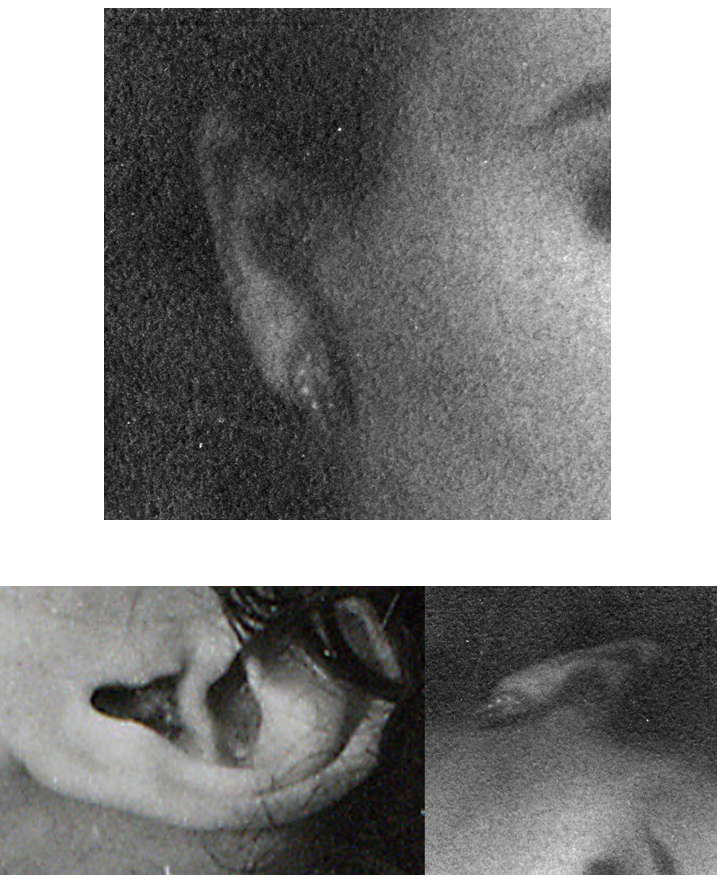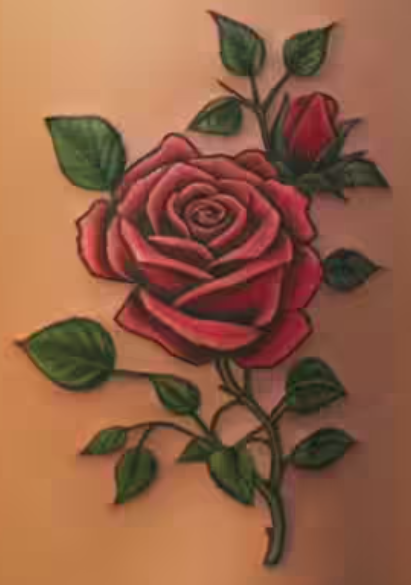AI Analysis Confirms Dr. George Hodel “Jane Doe”Photo and Elizabeth Short Photos a “95–98% Match” Strengthened by Independent Visual Evidence
November 1, 2025
Birch Bay, Washington
“We do know that Elizabeth Short and Dr. George Hodel were acquainted.”
LADA Lt. Frank Jemison
1950 Transcribed Interview of Dorothy Hodel
Santa Monica, California
Black Dahlia Investigation
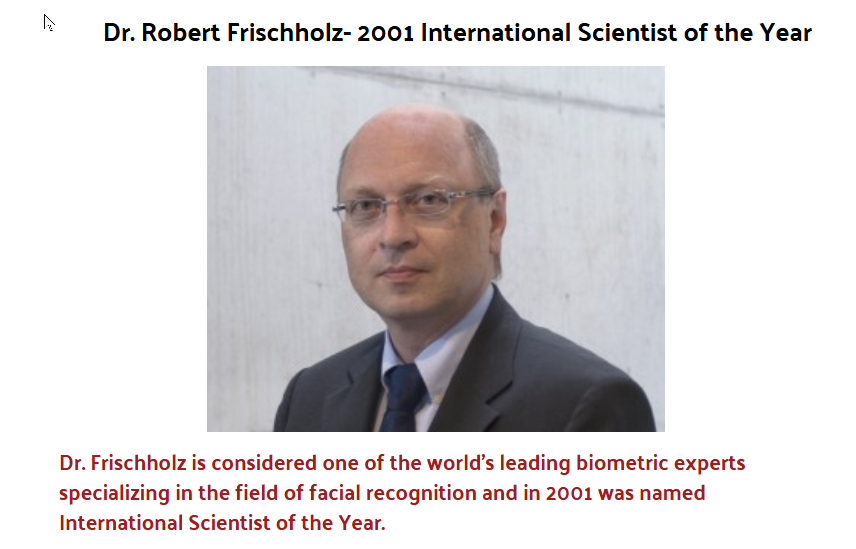
“State of the art AFR (Automatic Facial Recognition) computer rates the positive match between the known images of Elizabeth Short and the “Jane Doe” photo in Dr. George Hodel’s photo album as being a reliable match between 95-98%”
Dr. Robert Frischholz, 2020
Chief technology Officer BioID, Nurenberg, Germany
In May 2020, Dr. Robert Frischholz of Bio-ID in Nurenberg, Germany and developer of one of Europe’s leading automated facial-recognition systems—re-tested both the “Jane Doe” and Elizabeth Short photographs using his latest AI-based neural-net model.
The outcome: “a 95–98 percent similarity between the two faces.” In modern forensic terms, that’s a high-confidence correlation. A formal “positive ID” in police-database work typically requires a 99.7 percent score, but with archival 1940s photographs—affected by age, lighting, and film degradation—anything above 90 percent is considered exceptionally persuasive.
As Dr. Frischholz noted, AI recognition continues to evolve almost monthly, with newer neural networks steadily improving accuracy. Even so, this 2020 benchmark already provides an unusually strong independent confirmation of the identification advanced years earlier in Black Dahlia Avenger II.
 Crime scene comparison of victim Elizabeth Short to George Hodel photo
Crime scene comparison of victim Elizabeth Short to George Hodel photo

Known photos of victim Elizabeth Short used to biometrically
compare to George Hodel photo.
Independent Corroboration: The Pearl Earrings
Beyond the AI data, a second, entirely visual line of evidence links Jane Doe and Elizabeth Short: the identical pearl earrings visible in both the morgue photographs and verified portraits of Short taken before her death.
 (Top) George Hodel Jane Doe Photo with pearl earing
(Top) George Hodel Jane Doe Photo with pearl earing
(Lower Left) Elizabeth Short Morgue Photo with what appears to be an identical pearl earring inserted by her killer
(Lower Right) George Hodel Jane Doe Photo rotated 90′
The earrings match in size, shape. Unlike algorithmic analysis, this comparison requires no technology—any viewer can see the correspondence. Taken together, the digital confirmation (AI match) and the physical detail (earrings) form two independent strands pointing toward the same conclusion. (Add to this the senior DA investigator, Lt. Jemison’s confirmation in his official report that “George Hodel and Elizabeth Short were acquainted.”)
Surrealist Context: Objects and the Body
This kind of deliberate accessory-placement on the body has precedent in the Surrealist visual tradition. As Man Ray’s work shows, the body becomes a stage for objects—jewelry, masks, even musical instruments—inserted or posed in ways that speak beyond mere adornment. The matching pearl earrings in the morgue photographs function in that same territory: not simply earrings, but visual markers, deliberately staged. In this way they perform two roles: a feature-match and a signature gesture.
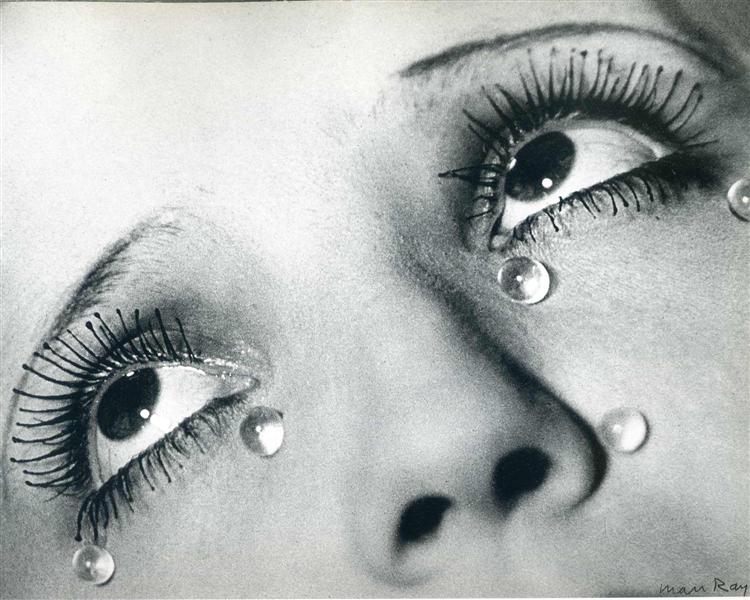
Man Ray — Glass Tears (Larmes), 1932: Artificial glass tears glued beneath the model’s eyes, turning emotion into staged adornment. Mirrors the pearl earrings’ symbolic use in the Elizabeth Short imagery.

Man Ray — Le Violon d’Ingres, 1924: The female back becomes a violin through the addition of f-holes, transforming the body into art. (Le Violon d’Ingres sold at Christie’s in 2022 for $12.4 million, the highest auction price ever achieved for a photograph.)
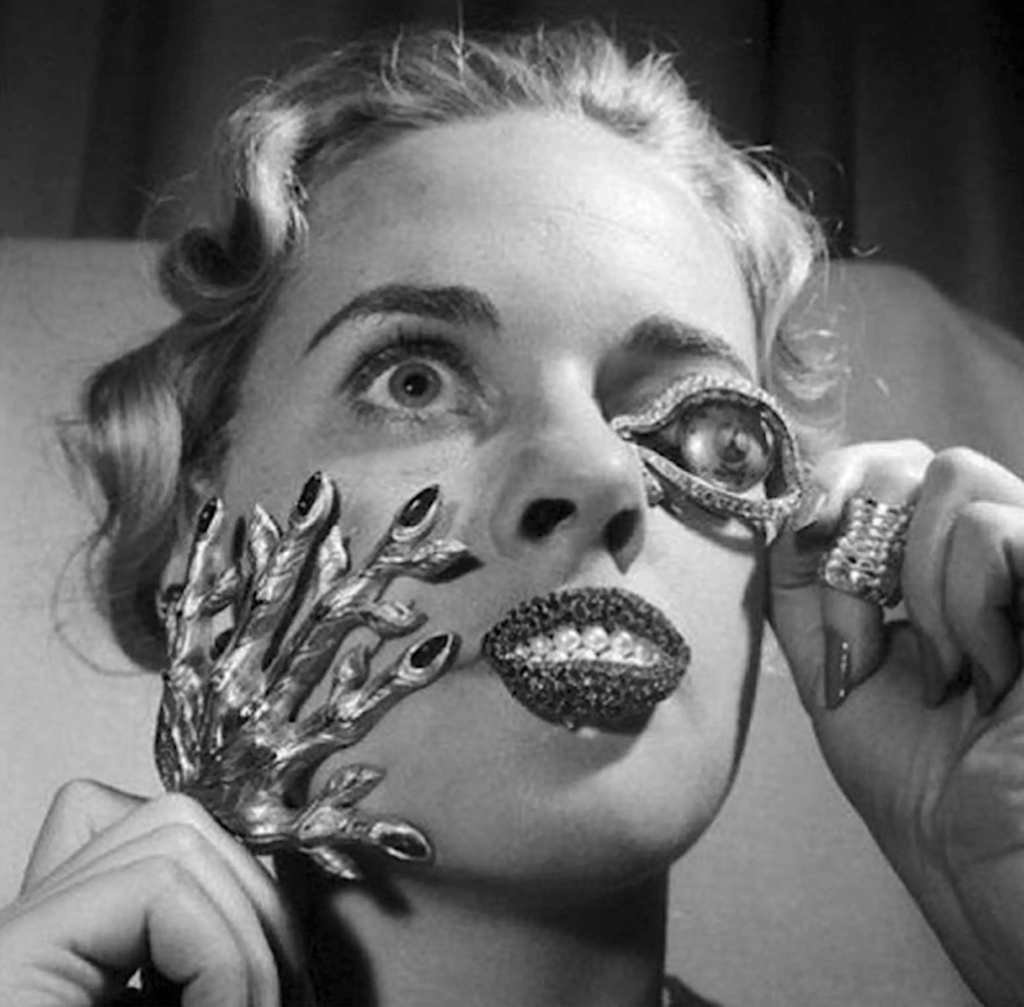
Schiaparelli & Dalí, Jewelry as Surrealist Symbol, 1930s: Jewelry and adornment as provocative surrealist statements. The pearl as both beauty and unease—’the teeth of the sea,’ as Dalí described them.
Pearls as Symbol: Dalí’s “Teeth of the Sea”
Surrealists often blurred the line between beauty and the grotesque. Salvador Dalí once described pearls as ‘teeth of the sea,’ turning an object of refinement into something both sensual and unsettling. In that light, the pearls worn by Elizabeth Short take on new meaning: not simple jewelry, but a surreal insertion—luminous, ornamental, and disturbingly anatomical. Whether through Man Ray’s glass tears or Dalí’s jeweled fantasies, the pattern is the same: the body becomes the stage, and adornment the artist’s voice.
This obsession with symbolic mutilation reached its ultimate expression in the final act of the torture murder. In one of George Hodel’s most sadistic and horrifying acts of surgical Sadism to add to his need to surrealistically shock, he cut a rose tattoo from the victim’s left thigh and inserted it inside her vagina to be discovered during the autopsy.
(Below photo is not the actual tattoo photograph, which LAPD kept secret.
From the delicate insertion of pearl earrings to the excision of the rose tattoo, each act served as part of an aesthetic continuum—a grotesque ritual of transformation performed in service of his philosophy of ‘Murder as a Fine Art.
(The fact that the victim had a rose tattoo on her left thigh was only learned from a newspaper article in which Santa Barbara policewoman Mary Unkefer, who had arrested the victim four years prior in 1943, mentioned seeing the tattoo when Miss Short stayed with her at her private residence prior to being sent back to her home in the East, after a Minor in Possession of Alcohol arrest at age-19.

(Not victim’s rose tattoo)
Closing Note
As facial-recognition science advances, these early high-confidence findings remain significant. They demonstrate that both modern AI and traditional visual-forensic methods continue to converge on a single, consistent identification—one that reinforces the original investigative conclusions published in Black Dahlia Avenger II.
 Crime scene comparison of victim Elizabeth Short to George Hodel photo
Crime scene comparison of victim Elizabeth Short to George Hodel photo